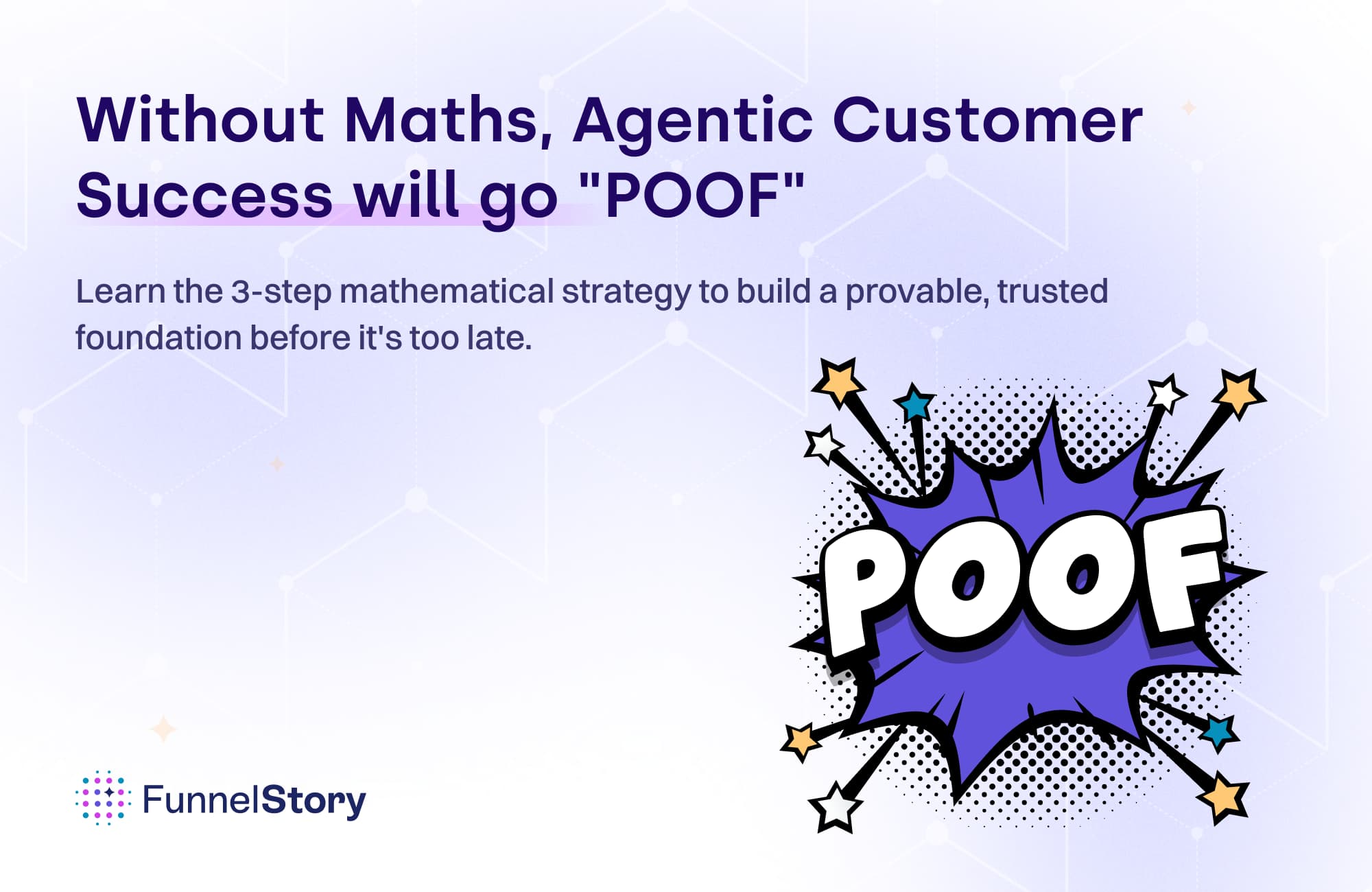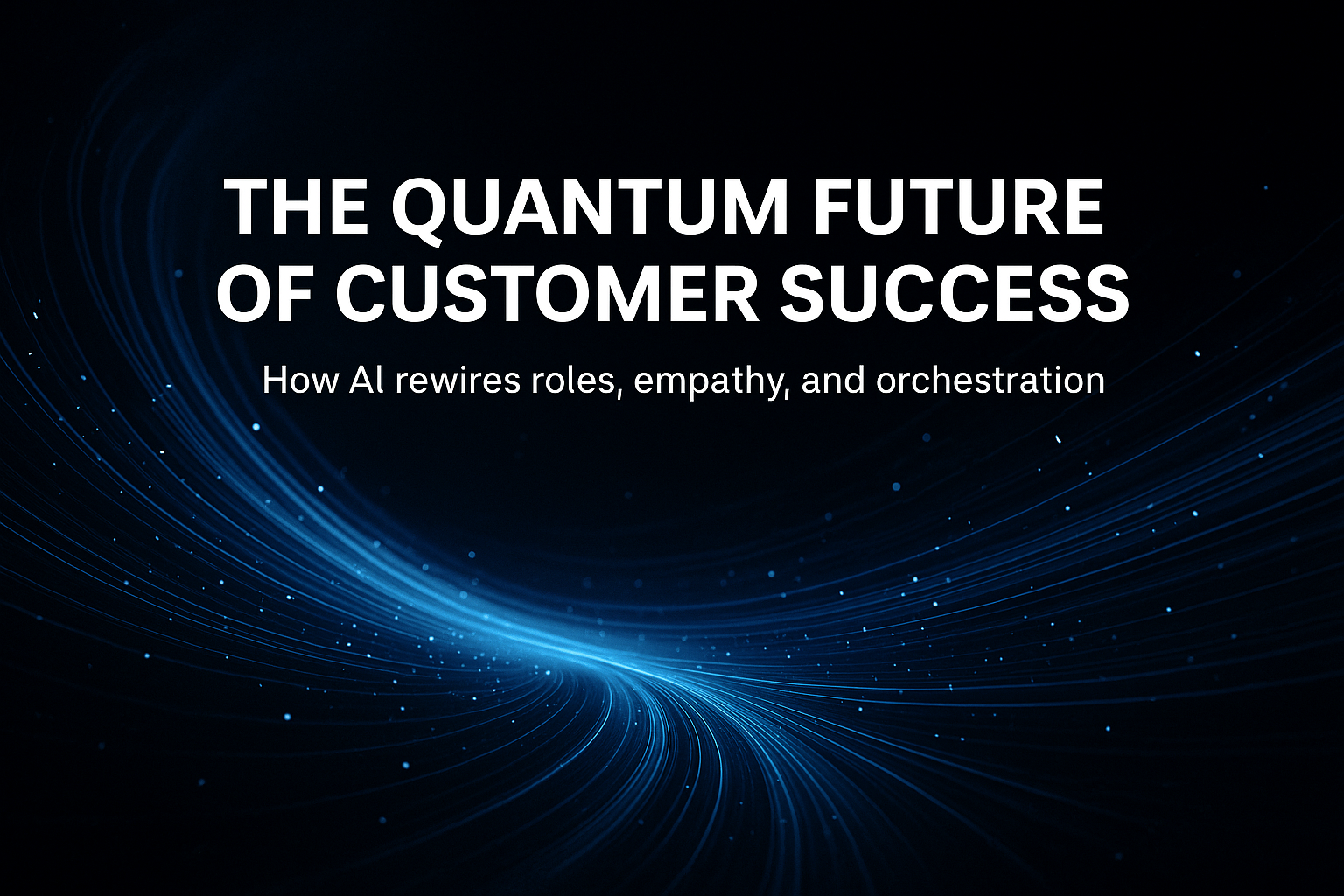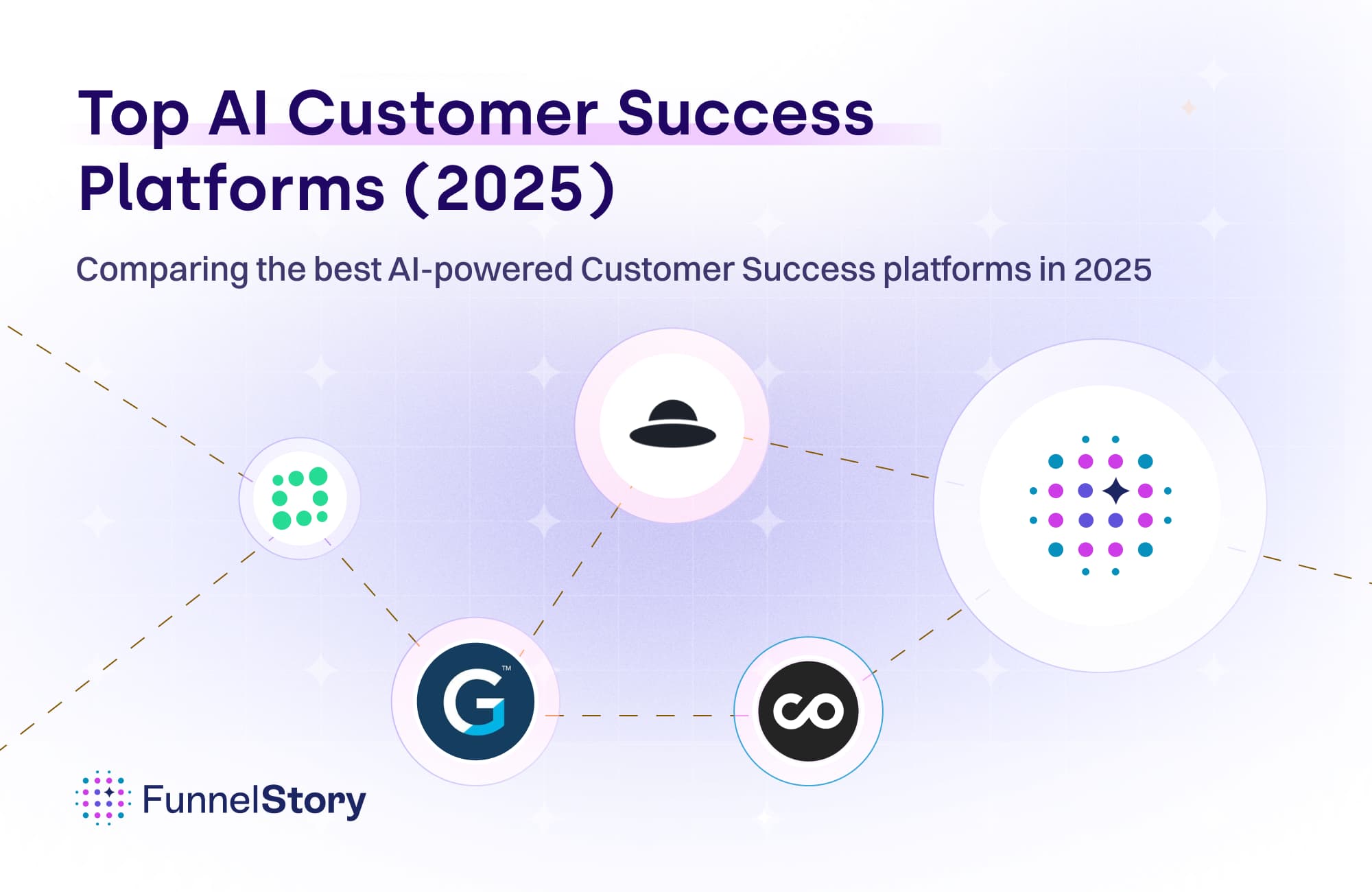In this article
Getting started with Product Led Growth (PLG) Journey in B2B
Product-led growth can be the key to unlocking new growth for you business and knowing how to start is critical to your success.

By Alok Shukla
Cofounder and CEO
Aug 25, 2023
5 min read
In today's rapidly evolving business landscape, a new approach to growth is taking center stage: Product-Led growth (PLG). Unlike traditional methods, PLG places the product itself at the forefront of user acquisition, retention, and expansion. It is not simply having your product team build out a lightweight version of your product and exposing it to customers. PLG is about adopting a new go-to-market (GTM) strategy.
In this article, we'll walk you through the essential steps to build a successful PLG strategy from the ground up.
Why are B2B business leaders considering Product-Led growth?
In most of our conversations with fellow product leaders and CXOs, most companies are adopting a PLG strategy for the following reasons:
My competition has adopted a product-led journey and is leap-frogging from a growth perspective.
We need to find an alternate path to sustainable growth.
My investors have asked me to adopt the PLG-based GTM model.
We believe PLG is the inevitable future and path to efficient growth.
However, this desire of adopting a PLG strategy leads a lot of leaders to face the painful realization that PLG is a process of “unlearning” your current GTM models and rebuilding a new GTM strategy from scratch.
3 Stages of PLG Maturity
There’s nothing simple about building a B2B product-led journey, so we’ve broken it down into three stages: building, automating, and optimizing.
Stage 1: Building your self-serve experience
For most B2B tech companies, the adoption of a self-serve flow represents a significant challenge as they have been mentally conditioned with the belief that most products or deployments are too complex for a self-serve offering. However, the product leaders that we’ve spoken to challenge this well-entrenched notion. The solution lies in an elegant auth path, onboarding strategy, and first-time user experience (FTUX).
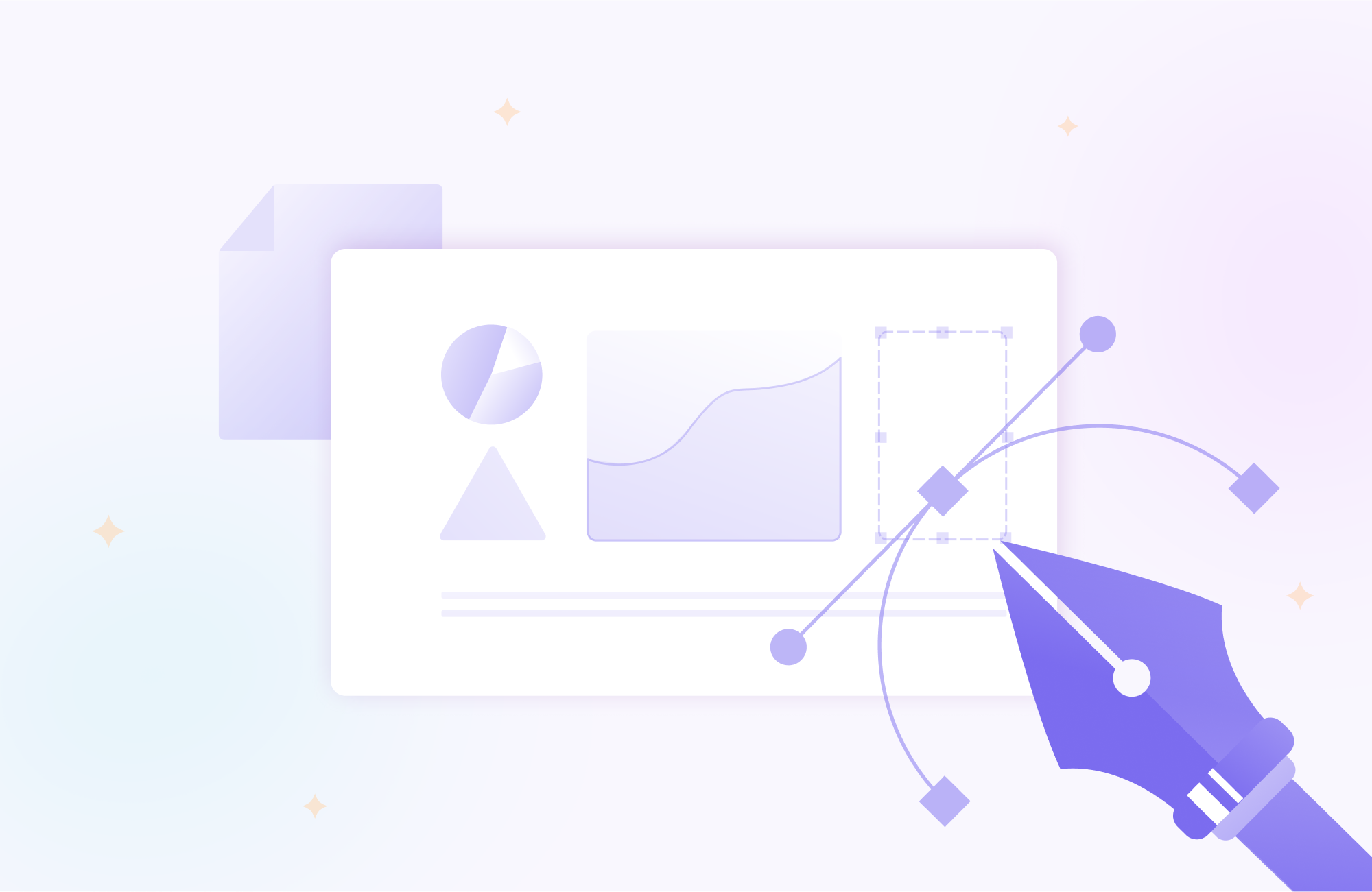
Like most strategy changes, the first step is to understand your Ideal Customer Profile (ICP). Once you have landed on your ICP you need to design an experience that prospective users can mostly try or evaluate by themselves. To help customers find the value in your product, you must provide them with a robust menu of user-friendly education content. This includes in-product nudges, on-demand training, access to help articles and provide access to a community.
Another element of your PLG strategy is choosing your business model. The most common options are Free Trial (time-bound trial with full product access) or Freemium (free forever with product limitations).
Benefits of the Freemium approach:
It opens up your top-of-funnel more than a Free Trial.
The Freemium route tends to generate 33% more free accounts for every website visitor.
Benefits of the Free Trial approach:
Free Trials create a sense of urgency, motivating prospects to make a decision quickly.
The median free-to-paid conversion rate for Free Trial products is roughly twice that of Freemium products (approximately 14% versus 7%).
There’s also another path some companies consider, and that’s an Open Source model. While Open Source will be preferable in an ecosystem-led business model, Freemium or Free Trials are typically easier to track and monetize.
Stage 2 — Overlay your business model on self-serve
Once you’ve decided on the product experience and selected a business model you need to determine how to visualize, analyze, and automate your PLG motion. At this stage, it’s critical to remember that for a PLG strategy to work you must recognize that your self-serve experience does not exist in isolation from the rest of your GTM strategy. Your self-serve product offering is designed to execute your overall GTM strategy. The following is a mental model we recommend if you are just getting started.
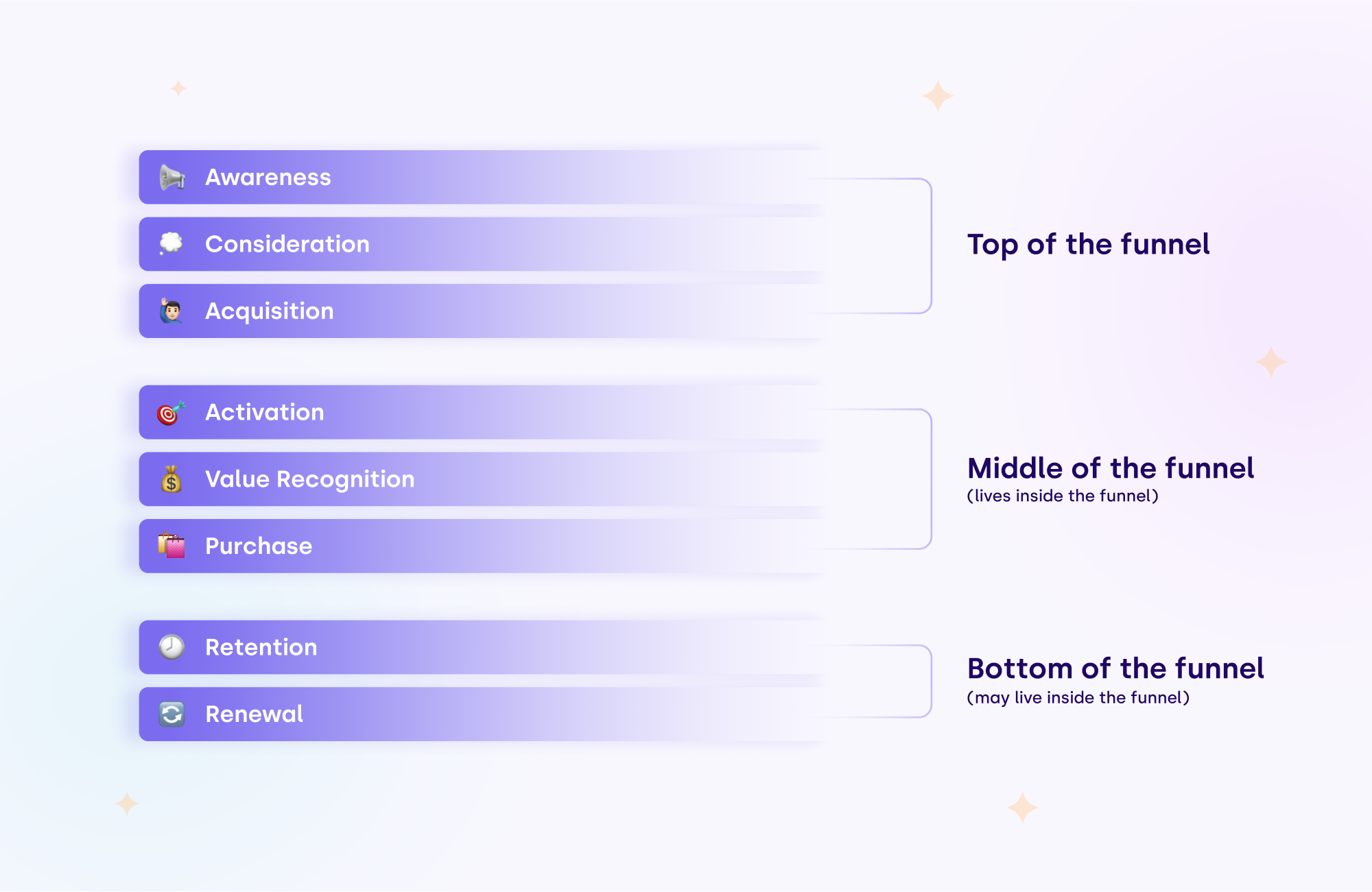
A key component to nailing this strategy shift is to define the actions or conditions you want customers to take in your self-serve motion and visualize them in funnel stages. Soon your product data, the actions customers take in your self-serve motion, will become your primary source of truth on whether a customer trial is going well (the customer is poised to convert) or poorly (the customer is likely to leave your experience). This is exactly how we built FunnelStory. We’ve learned that the best way to allow revenue leaders to visualize account progress in real-time is through pre-defined stages and conditions - your funnel.
Another big change to navigate is how to interact with the customers in your trial environment. Previously you might have relied on SDRs to conduct discovery and quality of an account before passing a lead to your account team. Now rather than talking to sales, your customers might be better served by talking to your technical or customer success teams. Depending on your current organizational structure, this could be a major change in strategy.
Stage 3- Keep optimizing your product-led funnel
Once you have your self-serve motion in place, it is time to optimize your product-led funnel. Just remember that this is an ongoing and iterative process - Rome wasn’t built in a day either.
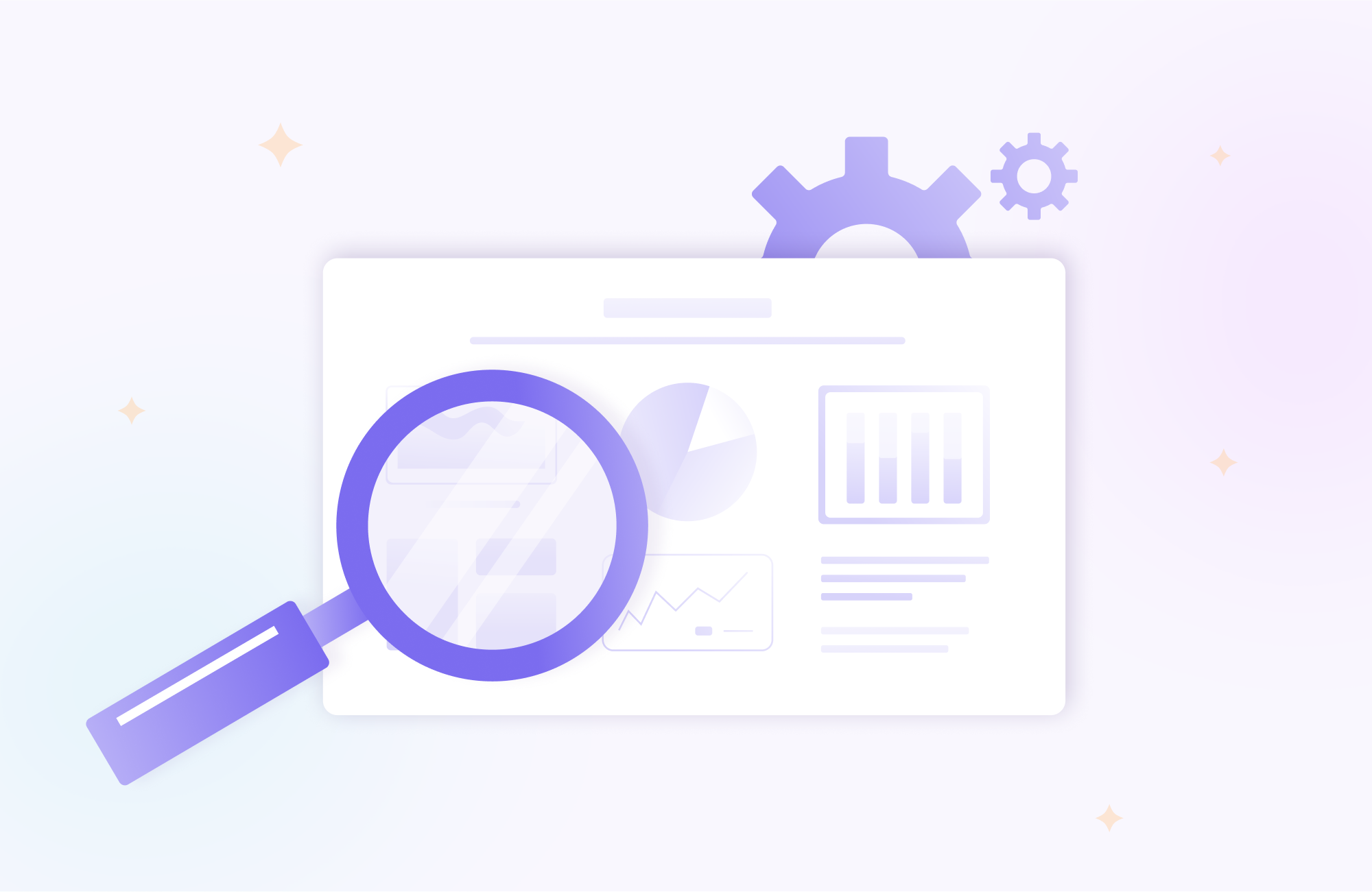
Only by carefully looking at your conversion metrics at each stage of the funnel coupled with engagement data - what we call Funnel Intelligence - will you be able to identify and solve the conversion barriers you face.
Since the best opportunities for improving conversion rates will always be in user experience (UX, your UX designers, product engineers, and wider product team should always be focused on improving and simplifying the user experience. For this cross-functional team to be successful your leadership team must create and embrace a data-driven culture of experimentation.
PLG is a journey, not a destination
Building a product-led growth strategy demands meticulous planning and execution. By adopting the principles of user-centricity, data-driven decision-making, and continuous iteration, you can lay the foundation for remarkable growth and success. But this article just scratches the surface. We will continue to do deep into these topics and talk about others, like pricing! So stay tuned for more.
